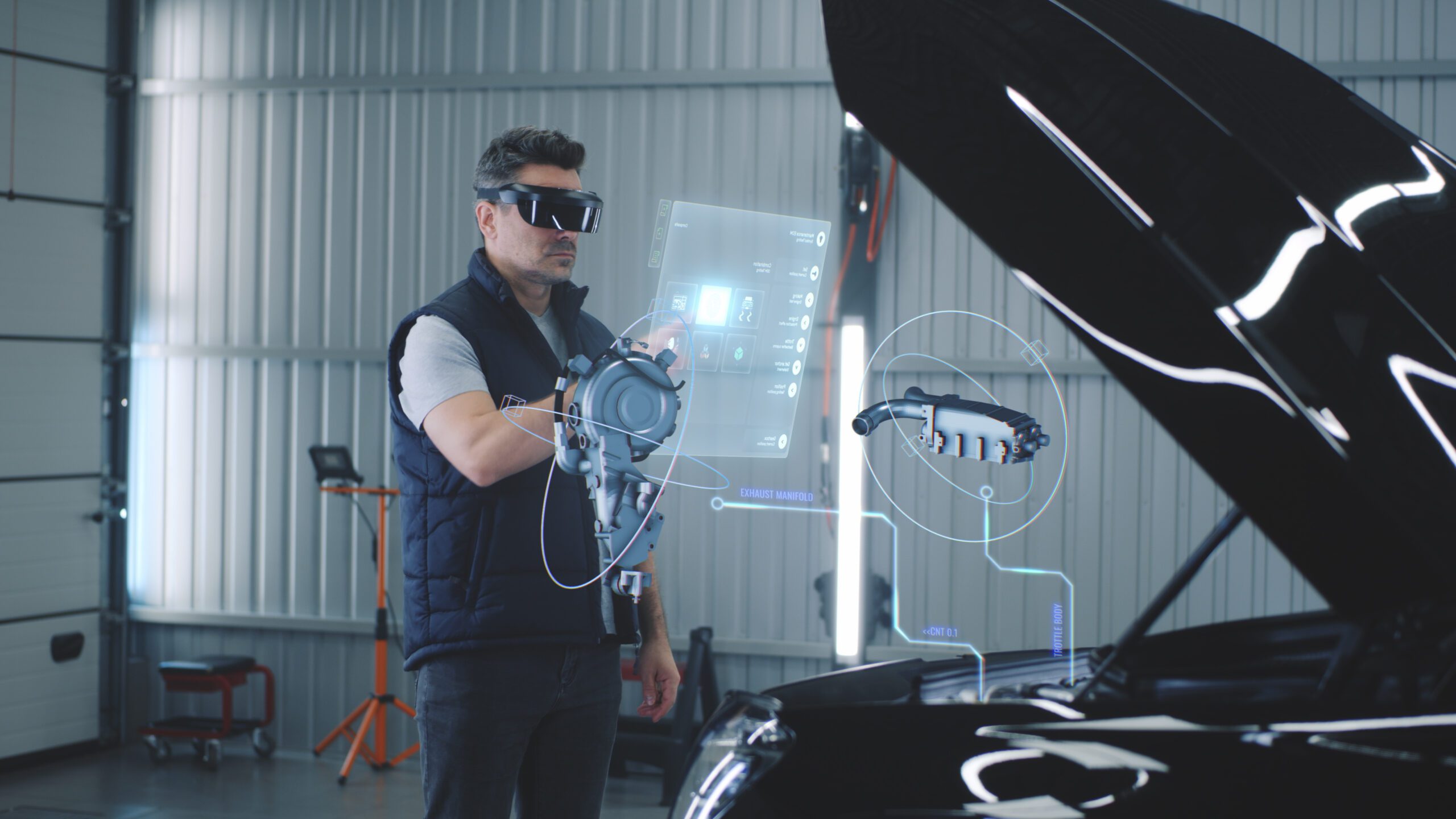Despite recent crashes in cryptocurrency pricing, the underlying Web3 technologies remain an intriguing proposition. After all, Web3 promises to be more than just a vehicle for crypto, gaming, and digital assets such as NFTs. For many industries, including service, Web3 offers a different view of data access, management, and storage. If we are to have a future where zero downtime is the norm, we have to look at new technology and cultural models and explore whether they can unlock new opportunities.
Into the Metaverse
The idea of a decentralized Internet, where data can be stored on blockchain technology, giving total control to the owner of the data seems like a good idea—but it’s hard not to be skeptical. Perhaps the best way to look at it is through the metaverse lens, where data collides into an online interactive and actionable virtual world of possibilities.
This is where field service can shine. If the metaverse is about better decision-making through reduced risk, then it makes a lot of sense to explore the concepts. The value that comes from sharing service data, increasing transparency, and making records of critical assets available in a multi-virtual world, opens all sorts of possibilities around self-service, remote service and advanced asset predictions and solutions. Digital twins will be the workhorse of this industrial metaverse, enabling accurate monitoring, control and maintenance planning of any asset regardless of location.
Take this example—a complex piece of equipment fails in a remote location. Remote experts are engaged on video calls, but they only go so far and it’s often difficult to spot the issue without inspecting the equipment in person or inspecting the data. Often, the only option would be to send an expert to the location, which is expensive, inconvenient, and increases equipment downtime. With the industrial metaverse, a remote expert can have a hands-on, contextualized spatial view of the problem and much more within minutes.
Change Is Happening Fast
While this may seem a bit futuristic today, it’s important to remember the sudden impact of ChatGPT and the subsequent rise of alternative large language models. Every industry has since been asking itself how best to use this AI tool to maximize advantage. There is a broad acceptance now that AI tools have a huge role to play in the future of most organizations. While ChatGPT will only increase levels of asset care as organizations look to use it for triage, knowledge transfer and training, it is illustrative of the changing face of service.
Change is happening fast. New technologies are transforming service and asset knowledge and it feels like disruption is in the air. While organizations may feel they are not ready to commit to many new technologies yet, there is almost certainly a need to enter into the spirit of change and prepare the ground. This means data capture, categorization, and storage.
Get Prepared Now
How can organizations ensure they are at least preparing the ground with appropriate standards and data governance? Capturing data for unplanned service events and analyzing those events will give organizations an immediate picture of asset performance and limitations but also longer-term intelligence for optimizing machines, parts, and service teams. It is this intelligence that will be the bedrock of self-service capabilities and remote triage.
As organizations look to take advantage of the latest tools, this will become even more evident. The accuracy of digital twins, for example, and the ability to optimize service delivery and sell outcome-driven contracts will be based on an organization’s level of asset data capture and management. For many, this is a culture. Embracing change is as much about ideas as deeds. Sometimes the technology is not always up-to-speed or too expensive to buy but without a unified approach to what needs to be done, organisations will lag behind.
While Web3 may seem fanciful, for the moment at least, it does inspire an open mind. The industrial metaverse with its digital twins and collaborative communications may seem like the stuff of tomorrow, but in essence, it is already here. For service, these are exciting times, with captured data enabling predictions and modeling that can have a real impact on costs and customer satisfaction. In short, it is never too early to start preparing for the future of service.
Interested in learning more about the future of field service? Watch our recent webinar featuring Forrester: Why You Need a Remote Service Strategy.


Share this: